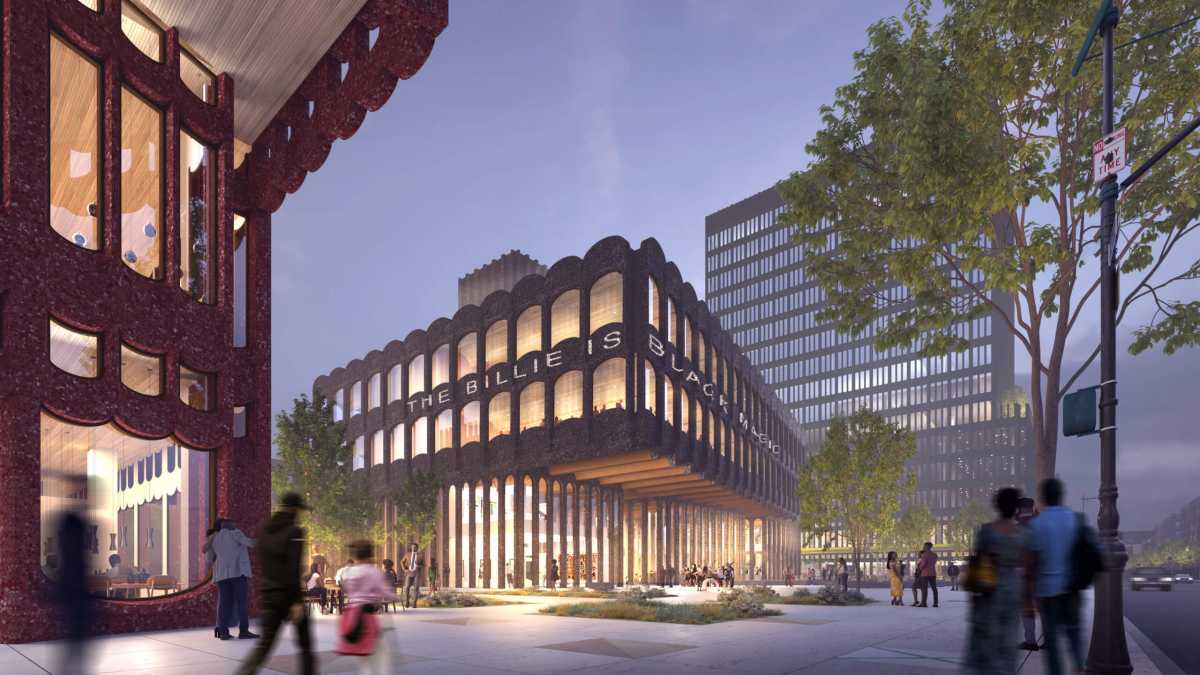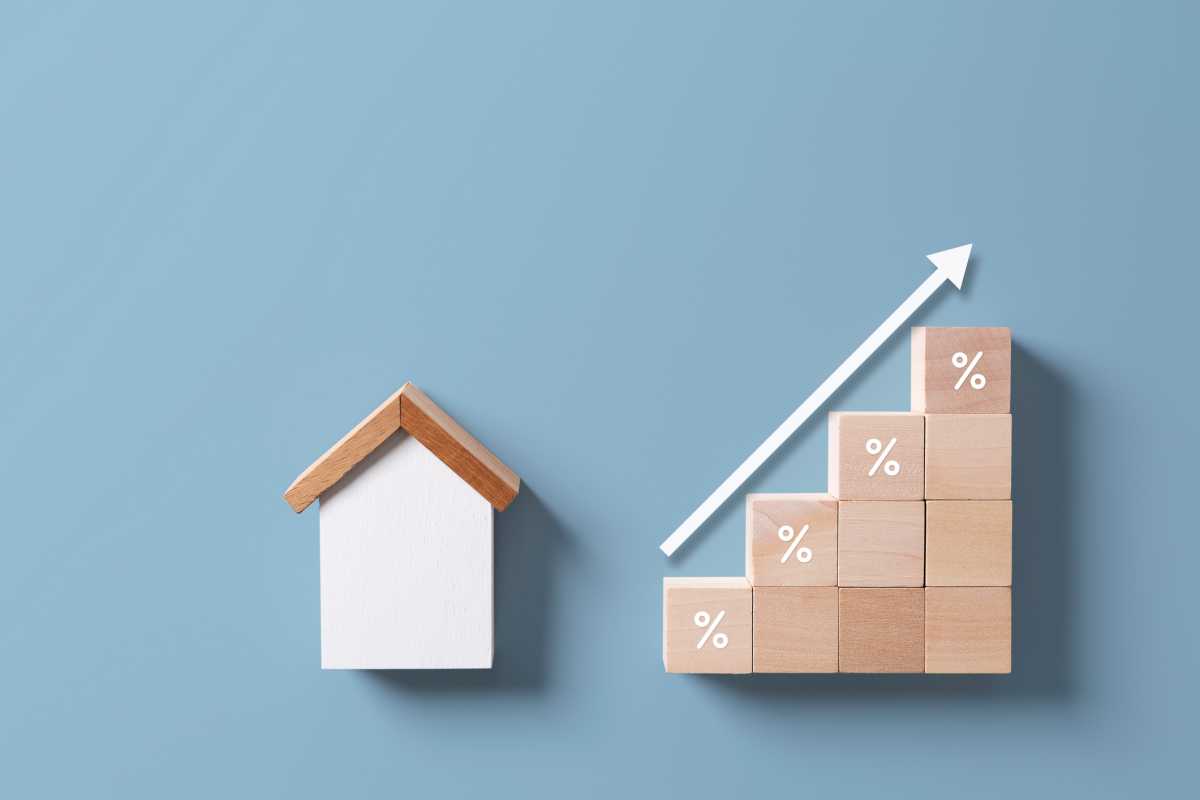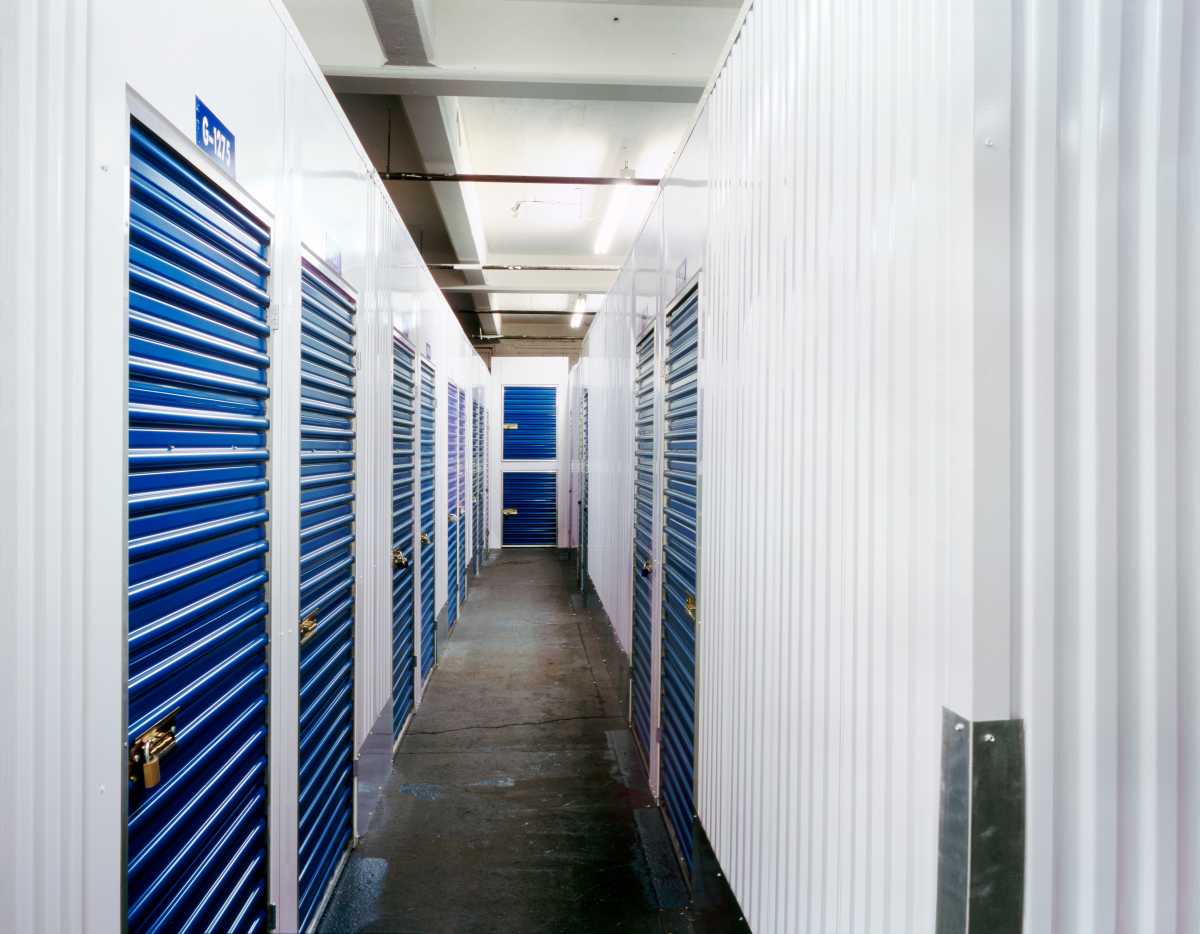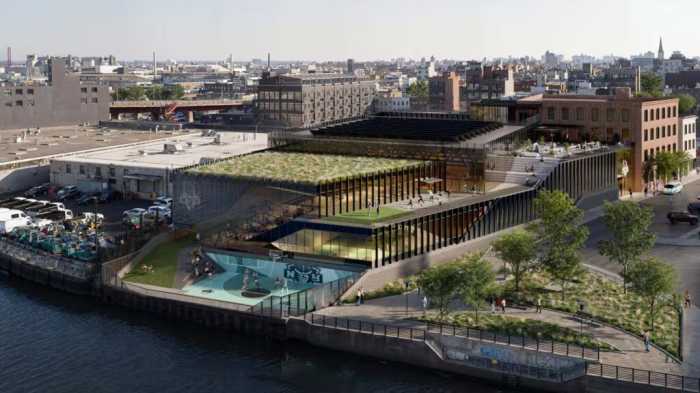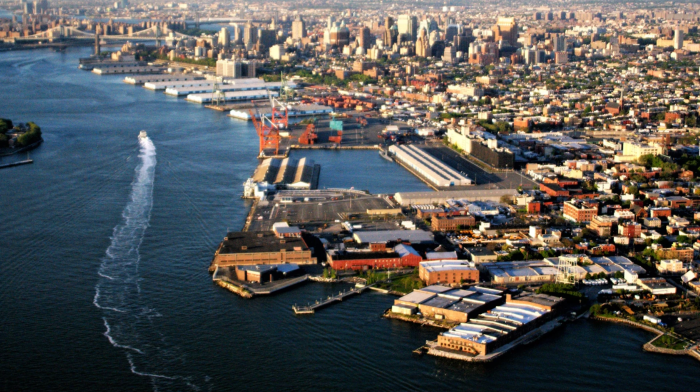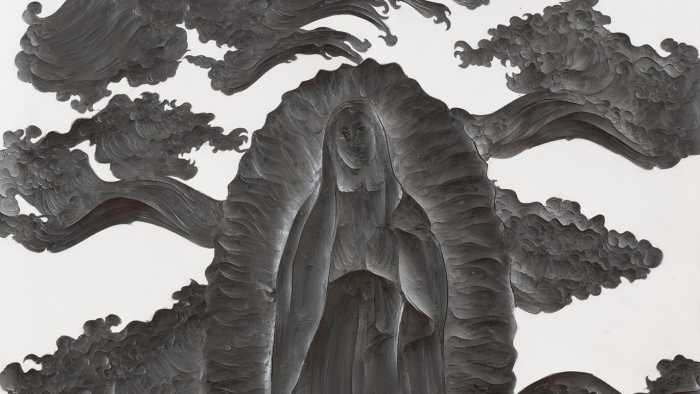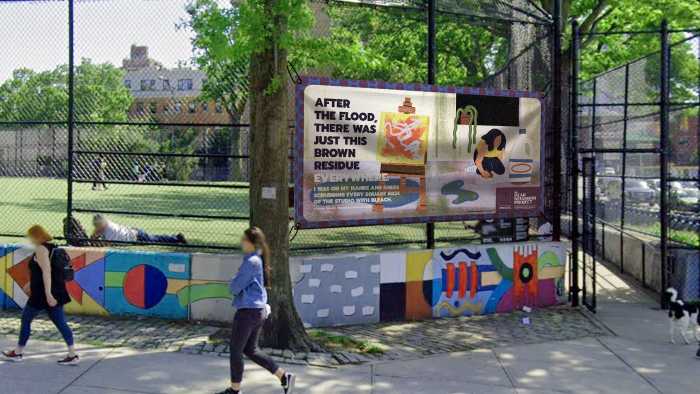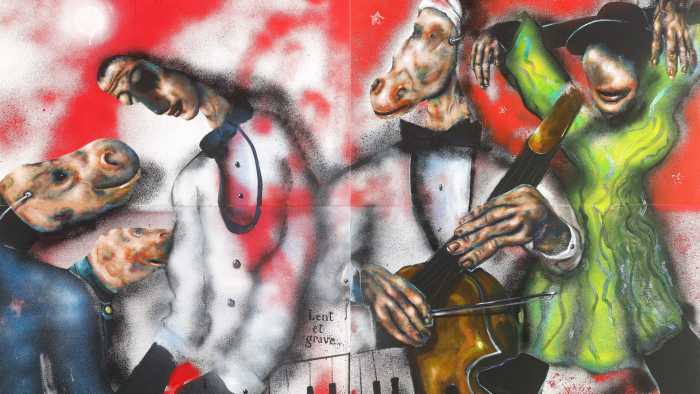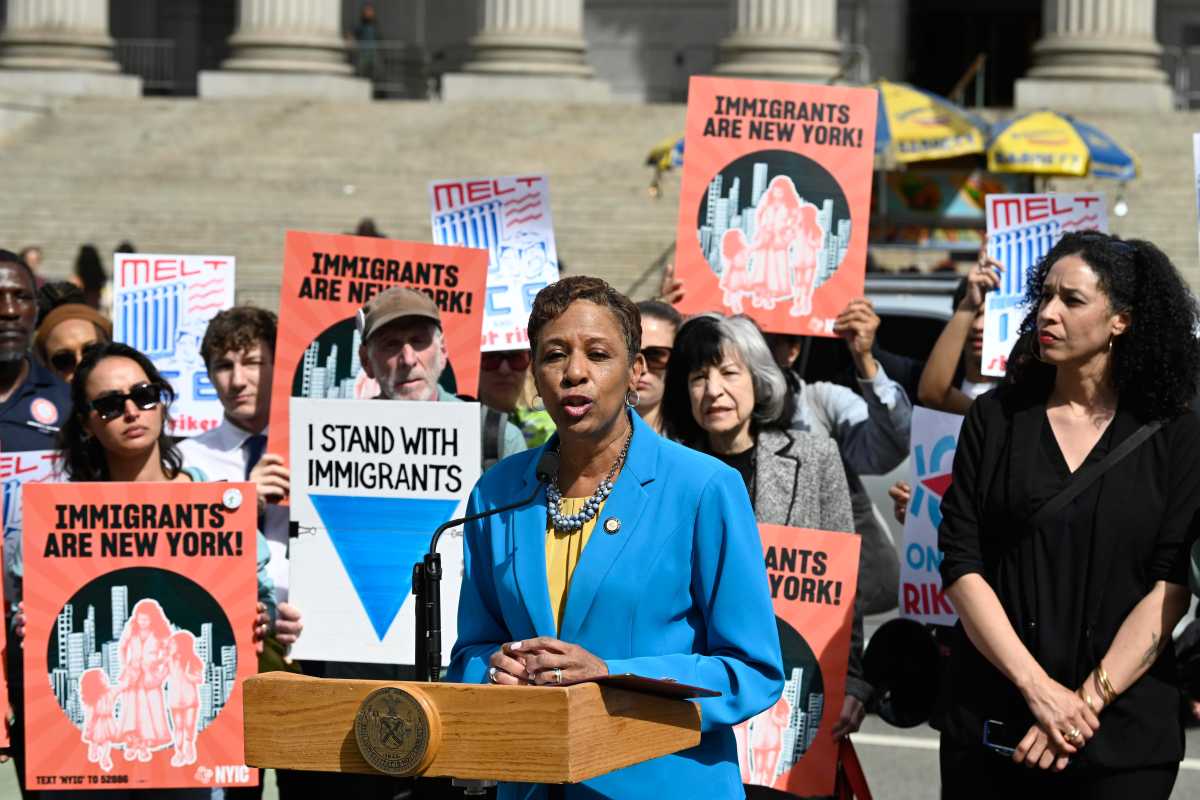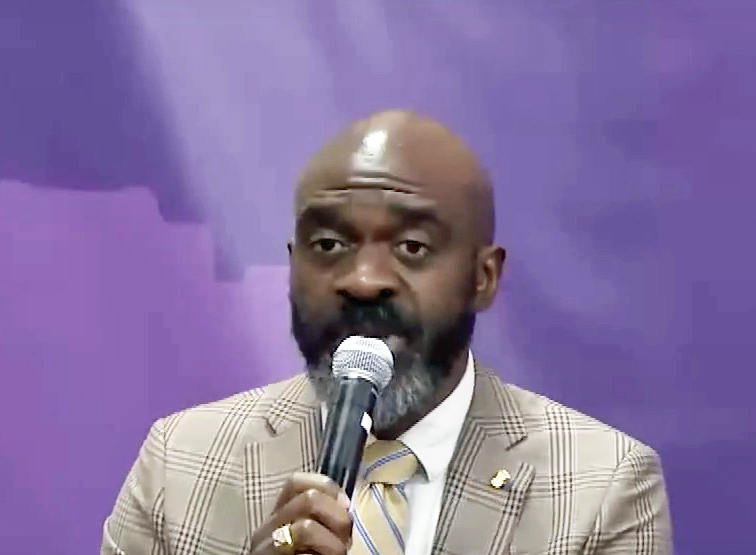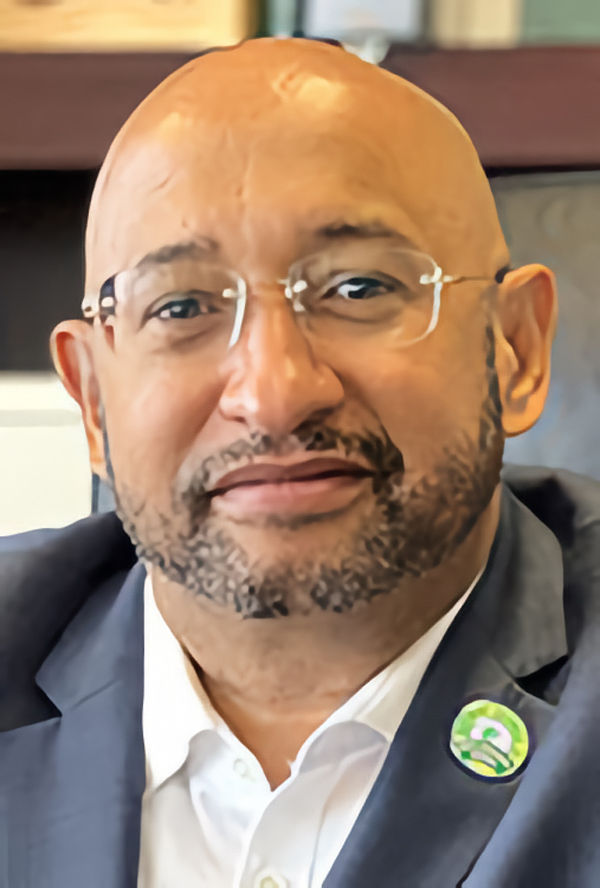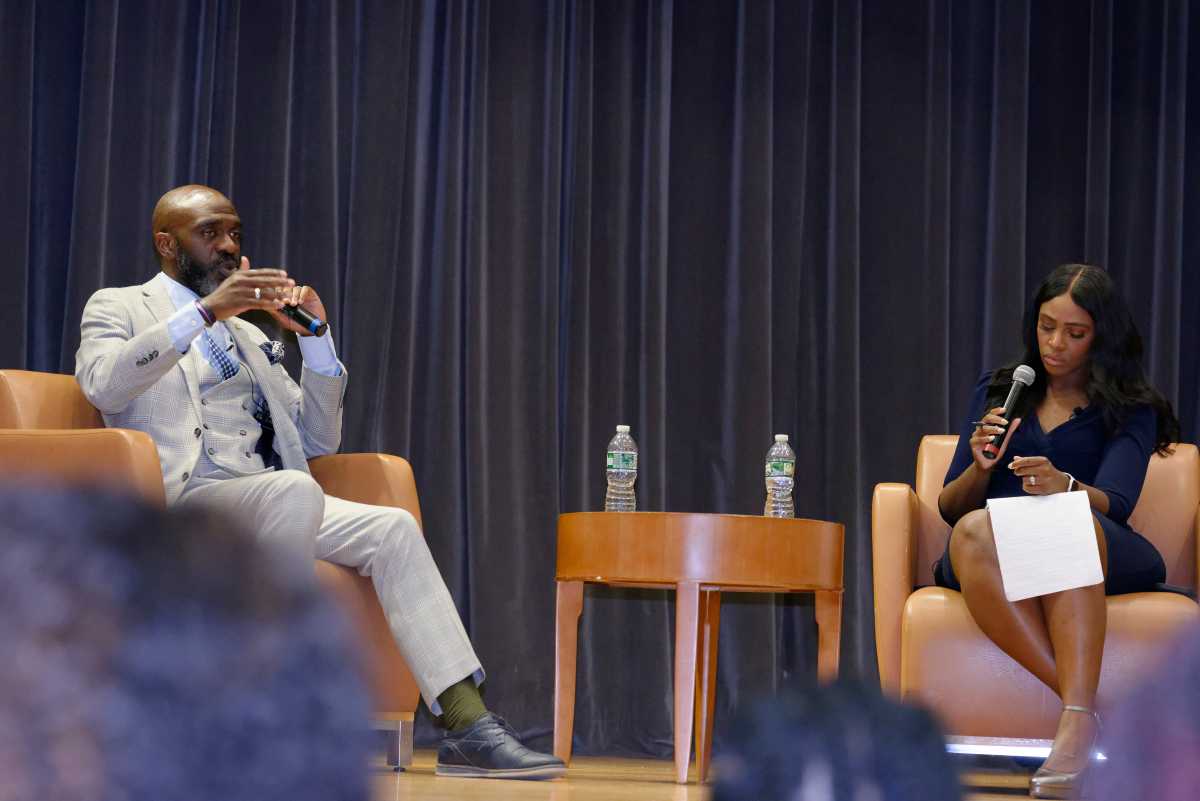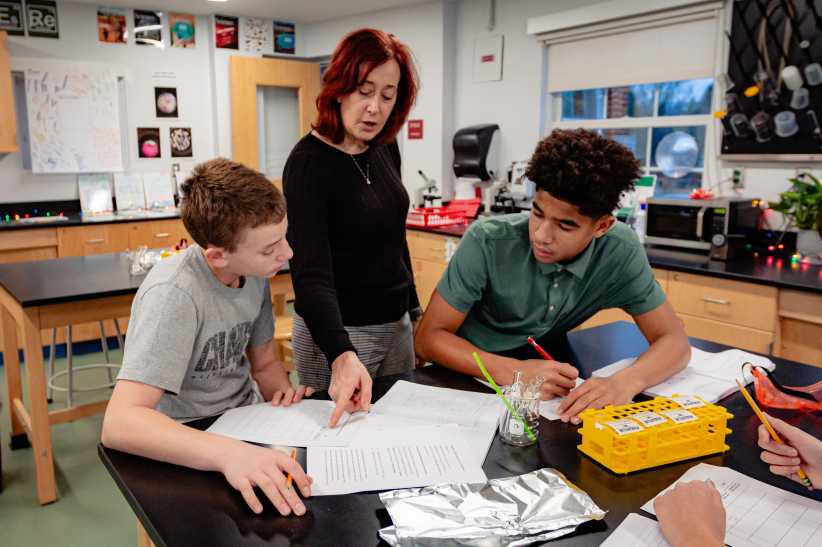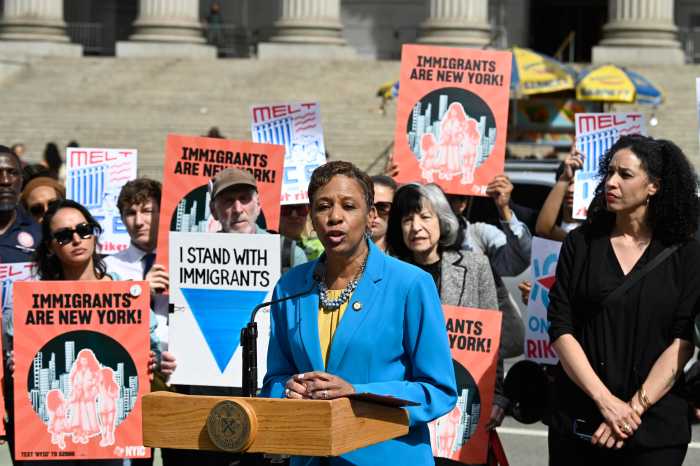The Bedford-Stuyvesant Restoration Corporation has unveiled its plans to revamp Restoration Plaza as the “Restoration Innovation Campus,” an 84,000-square-foot multi-use development dedicated to serving the community’s needs and closing the ever-expanding wealth gap in the rapidly-gentrifying nabe.
Designed by architect Sir David Adjaye in partnership with the local community by way of a series of meetings in 2019, the development at Fulton Street’s Restoration Plaza will expand the plaza’s cultural center and the Billie Holiday Theatre and add new public open space. Two commercial buildings will be home to offices for existing tenants, plus “private, nonprofit and government partners committed to disrupting the racial wealth gap.”
“Central Brooklyn is a microcosm of racial inequities reflected nationwide across our cities,” said Blondel Pinnock, President & CEO of Restoration, in a statement. “With its focus on Black wealth creation, the Innovation Campus offers a new, replicable model for closing the wealth gap in communities across the United States.
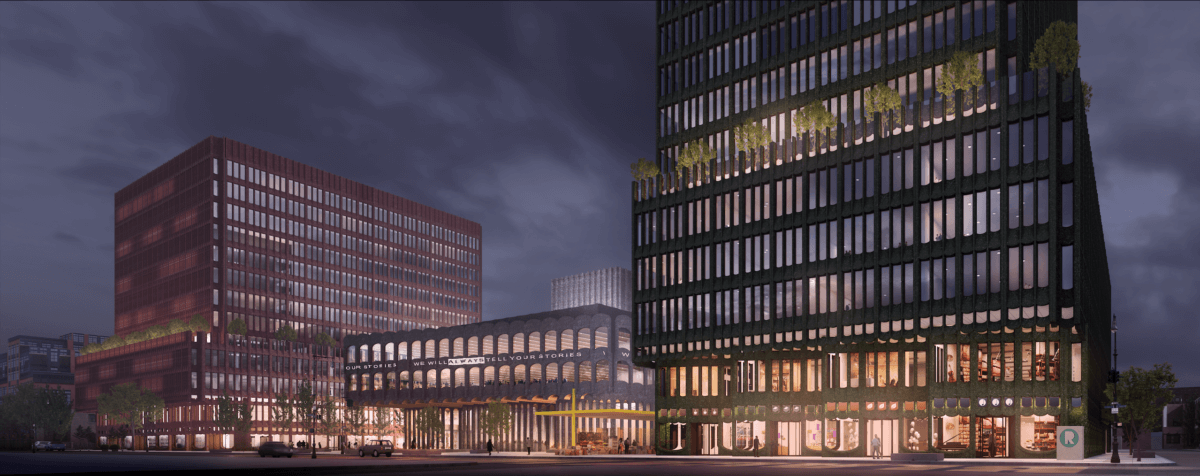
Restoration has helped to boost locals out of poverty and create local opportunities for more than half a century, Pinnock added, but the “staggering” wealth gap in the U.S. requires a “bold, new approach.”
According to the Federal Reserve, the average Black and Hispanic or Latino household in the U.S. earns about half as the average white household — and holds much less net wealth. Driven by decades of discriminatory policies, Black Americans have lower rates of homeownership and hold fewer assets than white Americans, and Black New Yorkers in particular are underrepresented in high-paying jobs in the city and are often paid less than their white colleagues in the same position. The Treasury has noted that the wealth gap will only grow if current conditions hold.
The racial wealth gap in Brooklyn is between $40 and $50 billion, according to Restoration, and longtime Brooklyn residents — especially people of color – have largely been excluded from the borough’s huge economic booms.
“While Bed-Stuy has long served as one of the cradles of African American culture, it is also a testament to the systemic obstacles Black Americans face nationwide,” said Colvin Grannum, senior advisor and former president of Restoration. “With Innovation Campus, we’re shining a spotlight on the rising racial wealth gap, and offering a replicable, self-funding model for Black communities across the country to close the gap and build wealth locally.”
Innovation Campus will allow Restoration to expand its financial programs — like their Software Engineering Fellowship, Business Center, and Center for Personal Financial Health. New, larger offices mean those programs will be able to serve more people and provide more services. The development also includes 190,000 square feet of new retail space, expected to create new and well-paid jobs.
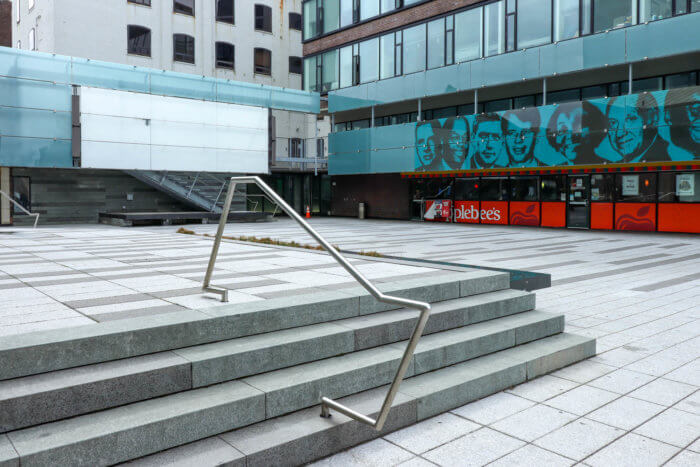
During the community visioning process, Bed-Stuy residents said they wanted more job and educational opportunities and “mission-aligned retail,” but their top request was building on the existing arts programs.
In response, the campus will revamp the Cultural Center as a “state-of-the-art hub” for the arts and for young cultural leaders. Together with the upgraded Billie Holiday Theatre, the facility will be equipped to host a range of performances and arts education programs. The org also plans to create new partnerships with companies who move their offices into the development to offer skills training and job placements for Bed-Stuy residents.
“The design of Innovation Campus taps into Bed-Stuy’s vibrant culture to create a place-based model to disrupt the racial wealth gap,” said Adjaye. “Based on extensive community engagement sessions, the design scheme prioritizes the public realm and ensures dedicated space for collaboration between mission aligned partners. We look forward to seeing the campus become a reality and model for others as Restoration moves the transformative plan forward.”
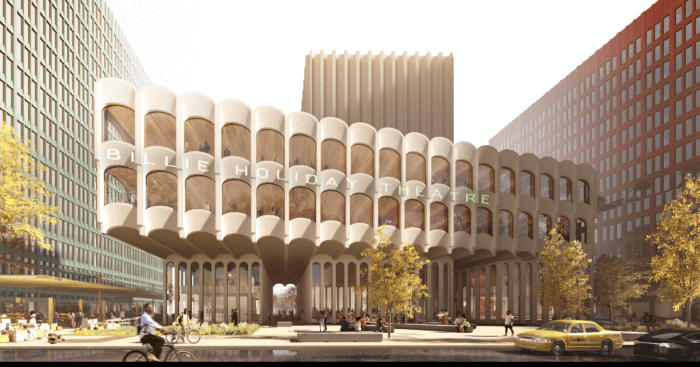
Founded in 1967 under the direction of then-senator Robert F. Kennedy’s “Special Impact Program,” Restoration was the country’s first community development corporation. In 1968, it moved into the old Sheffield Farms milk bottling plant on Fulton Street — which was shortly thereafter renovated into today’s Restoration Plaza – and set to work establishing new programs and public-private partnerships to build new housing, support small businesses and local schools, and more. According to Restoration’s website, the org has attracted more than $500 million in investments in Central Brooklyn.
In 2019, Restoration announced a five-year plan to reassess and “redefine its role for the 21st century,” including a large-scale revamp of the Plaza.


